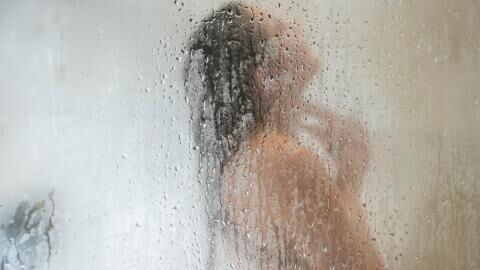In Antarctica, the hole in the ozone layer has reached its lowest annual peak ever recorded. This very good news was shared by NASA and the US Oceanic and Atmospheric Observing Agency (NOAA) in a statement, on October 21st. The ozone depletion has indeed shrunken dramatically, from 6.3 million square kilometers in September to 3.9 million in October.
Discover our latest podcast
A protective layer
The ozone layer, which is located in the stratosphere (between 11 and 40 km above the surface), has a protective function. Thanks to its high concentration of a gas called ozone, it filters ultraviolet radiation from the Sun, which is harmful to humans. Since the 1970s, there's been a steady decrease in the amount of ozone above Antarctica. How come? Because of the use of certain chemicals, such as aerosols or refrigerants, in industrial production. They emit gases that are harmful to the ozone.And although we have decreased our use of these substances - notably thanks to the Montreal protocol, which was ratified in 1988 - this decline does not explain the reduction of the hole, according to the agencies. Instead, scientists attribute it to exceptionally mild temperatures in the stratosphere.
Meteorological phenomena
It's worth mentioning that every year, the hole retracts during the summer in the southern hemisphere, around December. The Sun, which is closer, is the source of two phenomena that benefit the ozone layer. On one hand, it causes warmer temperatures, which create stratospheric clouds that limit the impact of chemicals. On the other hand, it weakens the polar vortex, which locks in the ozone-laden air when it is at its peak.This year, these two phenomena began much earlier and were unusually intense. This is the third time in forty years that the weather has slowed the loss of ozone so dramatically. While experts are still trying to find an explanation for these events, one thing is clear: they are not linked to human behavior.
"Excellent news," however...
"It's great news for ozone in the Southern Hemisphere," said Paul Newman, chief scientist for Earth Sciences at NASA’s Goddard Space Flight Center. “But it’s important to recognize that what we’re seeing this year is due to warmer stratospheric temperatures. It’s not a sign that atmospheric ozone is suddenly on a fast track to recovery.”Researchers predict that the hole in the ozone layer will return to its 1980 size by 2060, as the emission of harmful gases into the atmosphere diminishes - provided that no new chemical substitutes are discovered and widely used in the meantime. Conversely, if the Earth's protective filter continues to deteriorate and let UV rays pass through, there will be an increase in diseases such as skin cancer and eye problems (cataracts).















